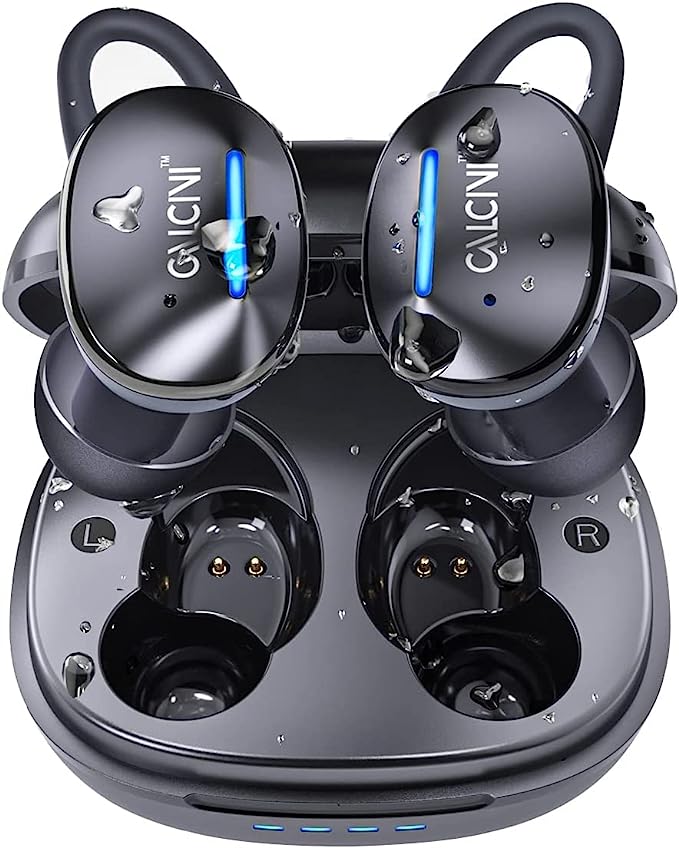The Thermodynamics of Off-Grid Power: Maximizing the LIPOWER PA300
Update on Nov. 19, 2025, 5:08 p.m.
In the wilderness, energy is currency. Every watt-hour stored in your battery is a finite resource that must be spent wisely. Yet, many campers unknowingly “tax” their own power reserves by 20% or more simply by choosing the wrong outlet.
The LIPOWER PA300 is a 296Wh portable power station that serves as a perfect laboratory for understanding Energy Conversion Efficiency. While it offers the convenience of a wall outlet in the woods, its true potential is unlocked only when you understand the physics of Direct Current (DC) versus Alternating Current (AC). Let’s deconstruct this yellow box to see how you can cheat the energy tax.

The Inverter Penalty: AC vs. DC Physics
The PA300 stores energy in a lithium-ion battery pack as DC (Direct Current). However, most household appliances (like laptops or CPAP machines) are designed for the grid, which provides AC (Alternating Current).
To bridge this gap, the PA300 uses an Inverter. This component chops the steady DC voltage into a 60Hz oscillating wave, boosting it from ~12V to 110V.
* Thermodynamic Cost: This process is not free. The inversion creates heat and consumes power to run the internal circuitry (quiescent current). Typically, a pure sine wave inverter is only 85-90% efficient.
* The Double Conversion Trap: When you plug a laptop brick into the AC outlet, the power station inverts DC to AC, and then your laptop brick converts it back to DC. You pay the conversion tax twice!
The Solution: The PA300 features native 12V DC ports and USB ports. By using these, you bypass the inverter entirely, feeding raw DC straight from the battery to your device. This eliminates the “middleman,” reclaiming that 15-20% energy loss.

Case Study: The CPAP Efficiency Equation
For sleep apnea patients, power isn’t just comfort; it’s health. User data for the PA300 reveals a striking confirmation of the physics described above. * Scenario A (AC Outlet): Running a CPAP with a standard wall plug. The humidifier (a resistive heater) draws massive current, and the double DC-AC-DC conversion wastes energy. Result: ~4 hours runtime. * Scenario B (DC Port): Using a 12V DC converter cable and disabling the humidifier. The path is DC-to-DC, highly efficient. Result: ~8 hours runtime.
By understanding the thermodynamics of the device, users effectively doubled their runtime without adding a single watt-hour of battery capacity. This is the power of physics-informed usage.
The Waveform: Why “Pure Sine” Matters
Not all AC is created equal. The PA300 generates a Pure Sine Wave, a smooth oscillation identical to grid power. Cheaper inverters produce a “Modified Sine Wave,” a blocky, stair-step approximation. * Harmonic Distortion: Modified waves are rich in harmonics, which cause AC motors (like in fans or CPAP pumps) to run hot and buzz. This heat is wasted energy and can damage sensitive electronics. * The PA300 Advantage: Its pure output ensures that inductive loads run cool and efficient, maximizing the lifespan of your expensive gear.
Lithium-Ion Chemistry: Energy Density Explained
How does 296Wh fit into a 7.1-pound box? The answer is Lithium-Ion Chemistry.
Compared to traditional Lead-Acid batteries (used in cars), Lithium-Ion offers roughly 3-4 times the energy density (Wh/kg).
* Electrochemical Potential: Lithium is the lightest metal and has a high electrochemical potential, allowing it to store vast amounts of energy in atomic bonds without heavy lead plates.
* Cycle Life: The PA300 manages these cells with a BMS (Battery Management System) that monitors voltage and temperature, preventing the thermal runaway that can occur if lithium cells are mistreated.

Solar Integration: The Photon Harvest
Recharging the PA300 via solar panels is a lesson in Photovoltaic Effect. The unit accepts 13V-30V input, compatible with standard 18V panels. * Pass-Through Charging: The circuitry allows “pass-through,” meaning it can charge from the sun while simultaneously powering your devices. However, this puts stress on the battery chemistry (micro-cycling). For longevity, it’s best to charge and discharge separately when possible, but in an emergency, the physics allows for simultaneous flow.

Conclusion: The Educated User Wins
The LIPOWER PA300 is a robust energy reservoir, but its performance depends on the user’s understanding of the machine. It is not a magic box; it is a system governed by the laws of thermodynamics.
By prioritizing DC outputs, managing thermal loads (like humidifiers), and respecting the conversion penalties of AC, you transform this device from a “backup battery” into a precision instrument for off-grid survival.




















